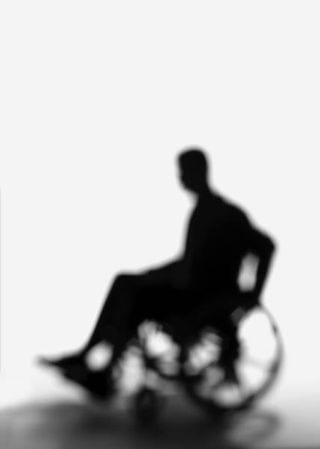 No one wants to believe that they could get hurt or become so sick that they could not work. However, the truth is, this happens to many people. Disability insurance is part of a healthy financial plan.
No one wants to believe that they could get hurt or become so sick that they could not work. However, the truth is, this happens to many people. Disability insurance is part of a healthy financial plan.
According to the Social Security Administration, as many as one in four adults will become disabled, at some point during their working life. Disability insurance is the insurance that pays a portion of your salary, while you are not able to work. However, the policy you own from work may not be enough to cover all of your costs.
CNBC’s recent article, “1 in 4 workers run into this career derailment, but you can protect yourself,” notes that about 20.1 million adults of employment age have suffered a work disability. Research published by the National Institutes of Health found the common causes to include back or neck problems, depression, anxiety or other emotional issues and arthritis or rheumatism.
When you're suffering from these issues and can’t work, disability insurance can help you bridge the pay funding gap. When going through open enrollment, some people’s patience also runs out after choosing their 401(k) solution, their health-care solution, or their health savings account and they forget about disability insurance.
You may also purposely avoid disability coverage, because of the cost. Disability insurance is frequently more expensive than term life insurance. However, think of it this way: the chances of missing six to nine months of work because of a car accident or other mishap are exponentially higher than dying prematurely, if you’re younger.
Long-term disability usually starts after three to six months and costs around 1-3% of a worker's annual salary. For most people who are covered through their employer, that policy typically replaces about 60% of their income. That may not be enough coverage, and you may consider purchasing another disability policy.
To see if you have enough disability coverage, look at your income, particularly the cash coming in and the cash going out. If you do become disabled, your costs could go up with additional child-care or medical expenses.
If you’re disabled, you don’t want to tap into your emergency or retirement savings. Look at how much you’re saving toward retirement, when estimating how much income you will need. You should also keep in mind the number of people who’ll be affected, if your cash flow takes a dive.
There are a few different ways to make sure you have enough income protection. You might be able purchase more coverage through your employer’s program. Some professional associations offer disability insurance at special group rates. There is the option of purchasing disability insurance on your own, which is known as “private” disability insurance. It is expensive, but having that protection in place, especially for high-income earners, could be more than worth the peace of mind.
Reference: CNBC (November 11, 2018) “1 in 4 workers run into this career derailment, but you can protect yourself”
